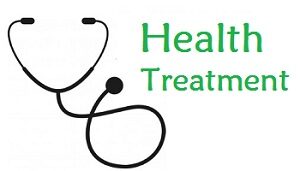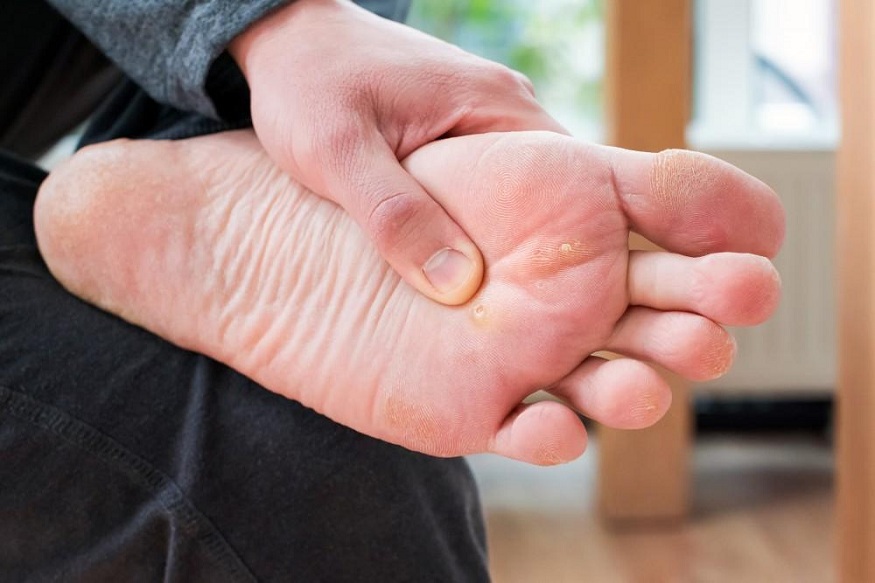Introduction
Common skin growths known as warts are brought on by the human papillomavirus (HPV). They may be uncomfortable or embarrassing and can appear on many body areas. This article can help if you have warts and are looking for efficient removal techniques. We’ll look at the numerous kinds of warts, their causes, symptoms, and available treatments. Additionally, we will offer valuable advice for avoiding wart recurrence. 疣
What are warts?
The HPV virus causes benign skin growths known as warts. Any gender and age range could be affected. Warts are easily distinguished by their rough texture and can appear on the hands, feet, cheeks, and other parts of the body. Direct touch with these growths or coming into contact with things that have been exposed to the virus can both transmit them. They spread easily.
Causes of warts
The human papillomavirus, or HPV, causes warts. Through wounds, cracks, or fragile skin, the virus penetrates the body. Warts can become more likely to appear as a result of some causes, including:
- Direct contact with an infected person or surface
- Weakened immune system
- Skin-to-skin contact during sexual activity (for genital warts)
- Walking barefoot in public areas like swimming pools or locker rooms
Symptoms of warts
Warts have specific symptoms that can help in identification. The common symptoms associated with warts include:
- Raised bumps on the skin
- Rough texture
- Black dots or specks on the surface
- Pain or tenderness in the affected area (in the case of plantar warts)
- Itching or irritation
Treatment options for warts
There are several different wart removal procedures available. The type of wart, its location, and the intensity of the symptoms all influence the treatment option. Typical forms of treatment include:
Prescription treatments
For stubborn or persistent warts, a dermatologist may recommend prescription-strength treatments. These may include stronger concentrations of salicylic acid or other medications like imiquimod or podophyllin. 脫疣
Home remedies
Several home remedies can aid in wart removal. These include the use of duct tape, apple cider vinegar, tea tree oil, and garlic. While these remedies may show varying degrees of success, it is essential to exercise caution and discontinue use if any adverse reactions occur.
Medical procedures
Medical techniques could be required in some circumstances to remove warts. A dermatologist typically performs these procedures, which could include:
- Cryotherapy: Freezing the wart with liquid nitrogen
- Laser therapy: Using laser energy to destroy the wart
- Surgical excision: Cutting out the wart under local anesthesia
- Electrocautery: Burning the wart using an electrical current
- Topical treatments: Applying prescription medications directly to the wart
Wart removal techniques
Among the various wart removal techniques available, the following are commonly used:
Cryotherapy
Cryotherapy involves freezing the wart with liquid nitrogen. The freezing temperature destroys the cells within the wart, causing it to fall off. Multiple cryotherapy sessions may be required for complete removal.
Laser therapy
Laser therapy utilizes concentrated light energy to target and destroy the wart. The laser’s heat vaporizes the wart tissue, leading to its removal. This technique is often used for larger or resistant warts.
Surgical excision
Surgical excision involves cutting out the wart using a scalpel or surgical scissors. This procedure is performed under local anesthesia and may require stitches. It is typically reserved for large or stubborn warts.
Electrocautery
Electrocautery involves burning the wart with an electrical current. The heat destroys the wart tissue, allowing for its removal. This technique may be combined with other procedures for better effectiveness.
Topical treatments
Topical treatments, such as prescription medications, can be applied directly to the wart. These medications work by gradually breaking down the wart tissue. They are often recommended for smaller warts or as an adjunct to other removal techniques.
Prevention tips for warts
While warts can be contagious and challenging to prevent entirely, following these tips may help reduce the risk of acquiring or spreading warts:
- Maintain good hygiene practices, including regular handwashing.
- Avoid touching warts on yourself or others.
- Keep feet clean and dry, especially in public areas.
- Use protective footwear in public spaces like swimming pools and locker rooms.
Conclusion
Warts can be bothersome, but effective removal techniques are available. Whether you decide to use over-the-counter medications, prescription medications, or natural therapies, it’s critical to choose the strategy that best meets your needs. Adopting preventive steps might also lessen the likelihood of warts returning or spreading.



